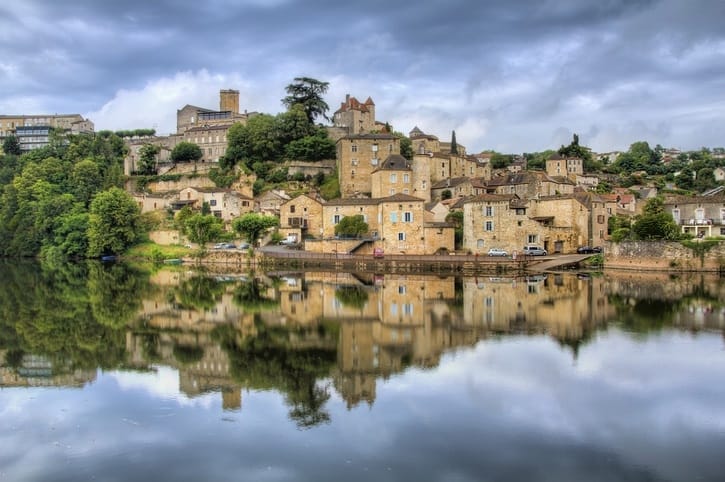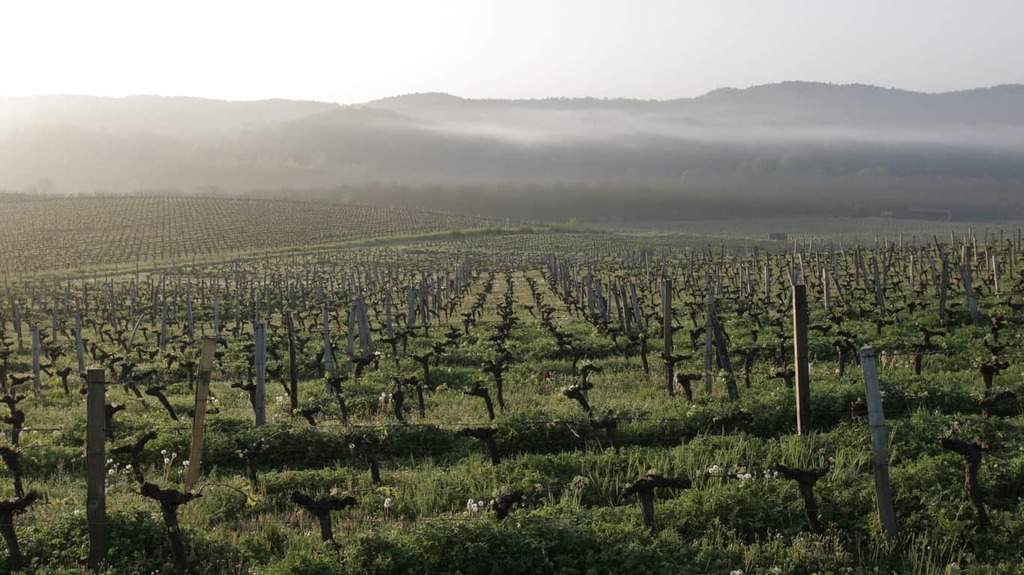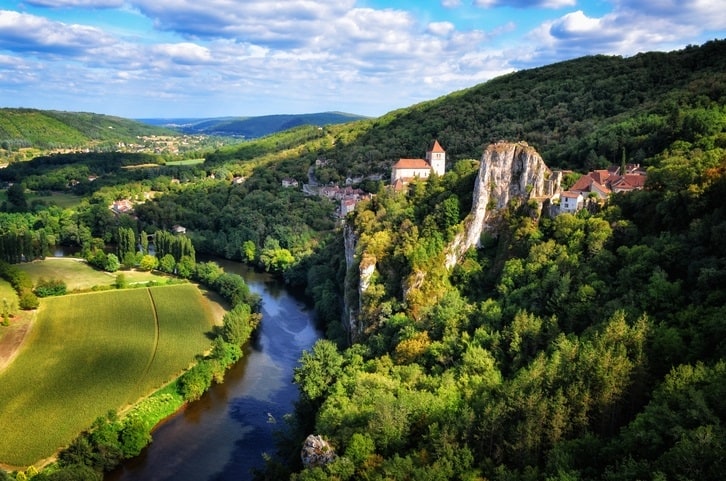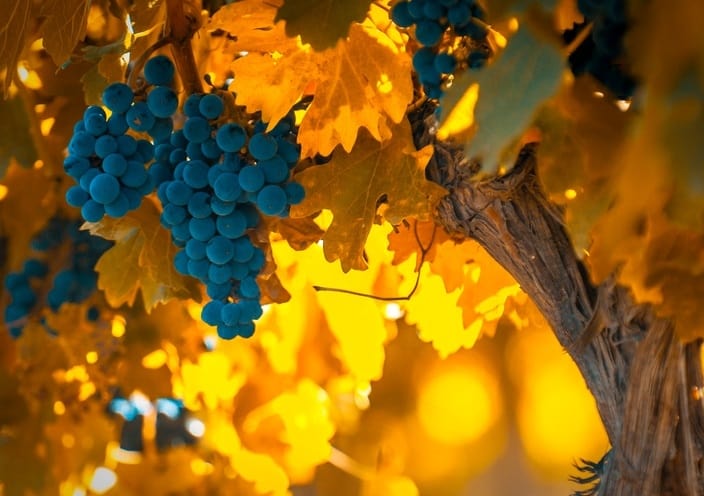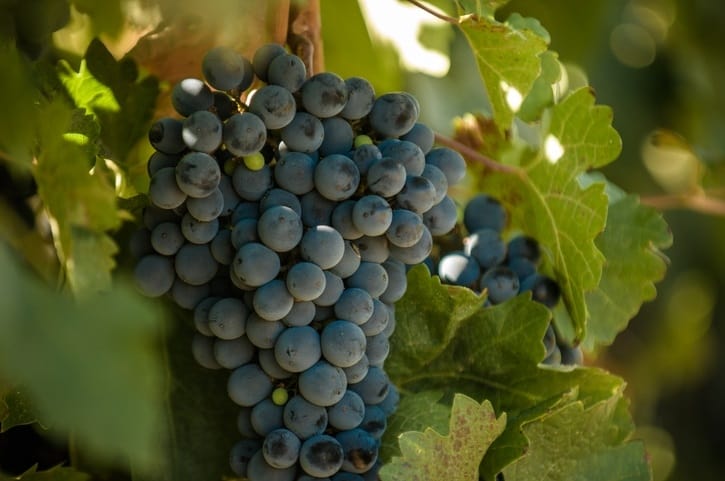Discover The Wine Region of South West France
Last Updated on November 8, 2023.
The story of South West France began, as did many regions, with the Romans. The region had a well-established wine trade before Bordeaux was even planted. In fact, as early as the first century BCE, South West France was known both for viticulture and the production of amphora for transporting wines. However, as Bordeaux developed into a port city and began producing its own wines, merchants there began to see the wines coming to market from the South West through Bordeaux as a threat. As a result, in the 13th and 14th centuries, a set of trade rules known as the police des vins were established to regulate the use of Bordeaux’s port for wine trade. Essentially, no wine could be traded out of Bordeaux until the majority of Bordeaux wines were sold. As a result, South West France’s wine trade took a devastating blow and has since developed in the shadow of its northwesterly neighbor.
Today, however, the South West region of France, situated to the east and south of Bordeaux, is the fourth largest producing region in France and at the forefront of innovation and sustainability. Young, dynamic winemakers in this lush, hilly region have focused on modern viticulture and winemaking techniques and are producing wines from ripe grapes of intense flavors and soft, supple tannins – much unlike the heavy tannic wines traditionally found in the region. The region boasts a temperate maritime climate, soils of sand, clay and gravel, and comprises roughly 45,000 hectares of vineyards. South West France with its vast territory and diverse soil types also grows approximately 300 grape varieties, of which 120 are native, making the region one of great biodiversity.
Well-Known Sub-Regions
South West France is composed of 29 different Appellation d’origine Protégées (AOP) and 13 Indication Géographique Protégées (PGI), each with rules regarding allowed grape varieties and farming practices. The region can generally be thought of in two groups: the wines of the Dordogne, which are often produced from the same grapes and in the same styles of Bordeaux, and the wines of the remainder of the South West regions that make wines vastly different than those in Bordeaux.
The two primary appellations of the Dordogne are Bergerac and Monbazillac, which sit east of Bordeaux. The town of Bergerac is under 30 miles east of Bordeaux’s St-Émilion and many of the wines produced here are Bordeaux-style blends (both white and red) often rivaling the quality of its western neighbor. Wines sold as Côtes de Bergerac are typically more concentrated and most of these wines are not found outside of France. Wines from Monbazillac, however, can often be found in global markets. Monbazillac typically produces sweet whites made in the style of Sauternes, with Semillon and Sauvignon Blanc, but with more Muscadelle in the blend.
One of the more renowned regions of South West France is Cahors which lies mid-distance between the Atlantic coast and the Mediterranean coast. As a result, the climate here ranges from continental and maritime, to Mediterranean with warmer, sunnier days than Bordeaux and the Atlantic coast. Cahors sits to the east of Bordeaux and the Dordogne on either side of the River Lot. A wide range of grapes are grown depending on if the vineyards are situated in the fertile valleys or in the poorer soils of the slopes or plateaus. While Malbec is king here, Merlot and Tannat are also prevalent.
The Côtes de Gascogne lies to the southeast of Bordeaux and is where a significant amount of IGP wines are produced. The white wines are typically produced from Colombard and Ugni Blanc in a dry, light-bodied style with flavors of citrus and exotic fruits. Bordering the Côtes de Gascogne is the Madiran and Saint-Mont to the south. Red blends featuring Tannat are the signature of this region to the north of the Pyrenees. The wines are deeply colored with concentrated flavors and the high levels of tannins supplied by the Tannat, often make them well-suited to aging. The white wine made in the Madiran district, dry and sweet in style, is Pacherenc du Vic-Bilh.
Continuing south, in the foothills of the Pyrenees is the Jurançon. Jurançon, like Pacherenc du Vic-Bilh, is dominated by the local native grapes, Gros and Petit Manseng. Small-berried Petit Manseng is known for making Jurançon as well as Pacherenc du Vic-Bilh Moelleux, which owes its sweetness to drying the grapes on the vine. Jurançon is found in both dry (sec) and sweet (moelleux) styles while Pacherenc du Vic-Bilh is typically sweet. Also, in the Pyrenees, but high up on dangerously steep slopes is the Basque region of Irouléguy. Wines produced here are white, rosé and red typically from Cabernet Sauvignon, Cabernet Franc, Tannat, Courbu, and Gros and Petit Manseng.
The Grapes of South West France
South West France is best known for Malbec (it’s king in the Cahors), Tannat, Négrette, Petit Manseng, Ugni Blanc and Colombard most often found in the Côtes de Gascogne. Malbec of South West France will typically be oak-aged, deeply colored with intense, dark berry flavors and feature high tannins. As the wine ages, it can develop additional flavors of cedar and earth. Tannat, given the more modern production techniques available today, often features concentrated black fruit flavors, and high levels of soft, supple tannins. Négrette, used especially in the Fronton appellation, on the other hand, is low in both tannin and acid and meant to be consumed young. It features aromas of violet, red fruits, and licorice.
Petit Manseng is also cultivated widely in South West France, more specifically, the Jurançon and the Pacherenc du Vic-Bilh, and is produced in both dry and sweet styles. When grown for sweet wine production, the Petit Manseng is often left on the vine through December for sweet, late-harvest dessert wines or goes through passerillage, the process of drying the grapes to concentrate the sugars. Typical characteristics of Petit Manseng from South West France will be aromas and flavors of apricots and grapefruit with additional spicy notes if the wines saw new oak.
Ugni Blanc, also known as Trebbiano Tuscano, is most often found in the Côtes de Gascogne. Ugni Blanc’s palate is primarily fruity, with green apple and citrus notes. Often, a hint of balsamic pine resin can be found in the wines produced near the shores of the Mediterranean Sea. However, it is the Colombard grape from which the essence of the Côtes de Gascogne is derived. Colombard infuses intense notes of fresh citrus and exotic fruits into well-structured, light-bodied wines with a refreshingly high acidity.
Sub-Regions:
The most well-known of the diverse sub-regions of South West France include:
- Bergerac
- Cahors
- Côtes de Gascogne
- Fronton
- Gaillac
- Irouléguy
- Jurançon
- Madiran
- Marcillac
- Monbazillac
Grapes:
The must-know grapes of South West France include:
- Abouriou
- Cabernet Franc
- Colombard
- Duras
- Fer Servadou
- Gros Manseng
- Loin de l’oeil
- Malbec
- Mauzac
- Négrette
- Petit Manseng
- Prunelard
- Tannat
Written By Kristy Wenz
Kristy Wenz is a Wine & Travel Writer for Winetraveler. She first developed a passion for wine travel at random in Southern California. Since that first experience, Kristy has explored wineries in over 20 states from coast-to-coast as well as multiple European wine regions. When she’s not writing about wine, wine traveling or updating her cellar in Vivino, she can likely be found sipping a Cab Franc from her travels while cooking dinner with her family.
